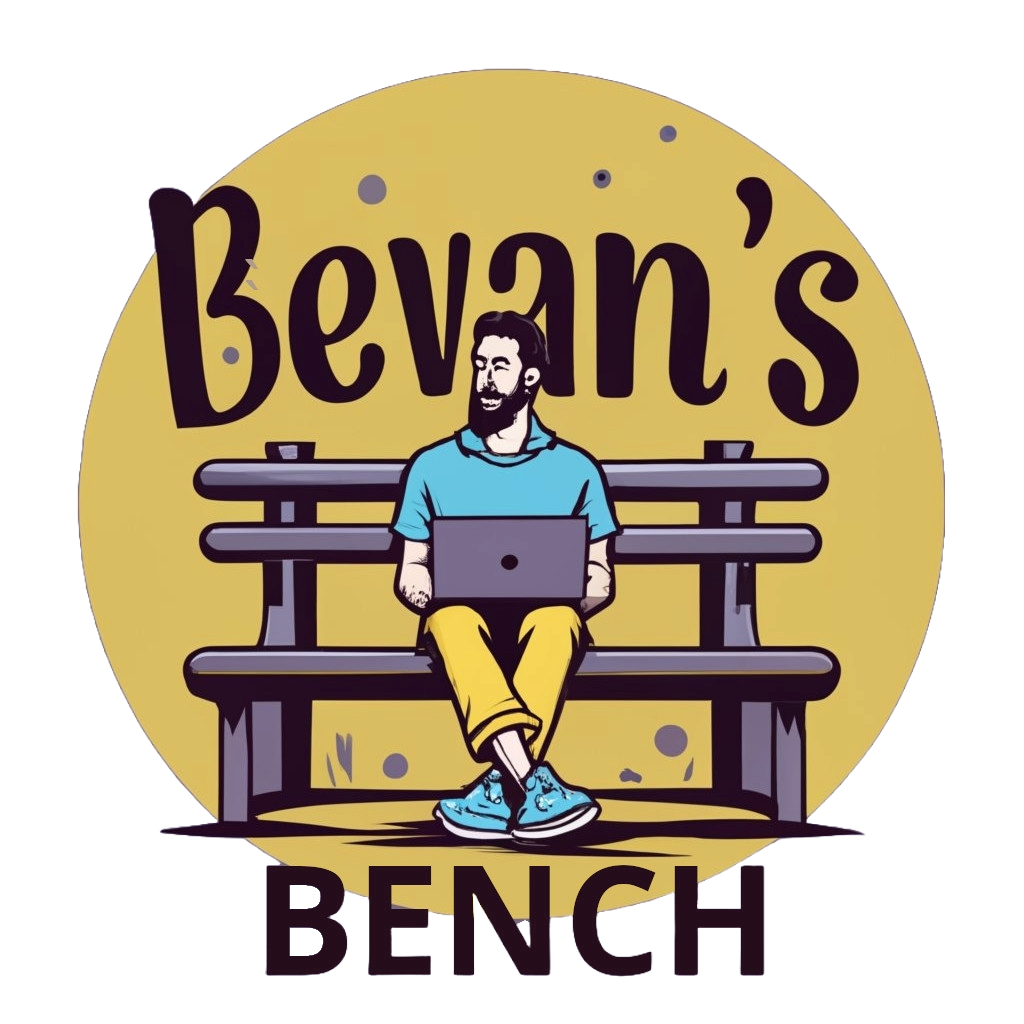A New Beginning with Unexpected Challenges
After years of relying on my trusty desktop, I found myself in need of a new machine. Enter the Lenovo Legion Slim 5, a powerful laptop boasting an AMD Ryzen 7 8845HS with Radeon 780M Graphics, and a discrete NVIDIA GeForce RTX 4060 Max-Q. It seemed like the perfect upgrade. However, I quickly discovered that this was an Optimus laptop, a technology unfamiliar to me as I hadn’t bought new hardware in years.
System Overview:
- Manjaro Version: 23.1.4 (Vulcan)
- Kernel: 6.6.26-1-MANJARO
- CPU: AMD Ryzen 7 8845HS (8-core, 16 threads)
- Integrated GPU: AMD Radeon 780M
- Discrete GPU: NVIDIA GeForce RTX 4060 Max-Q
- Memory: 16 GiB
With the excitement of new hardware, I configured the laptop to use discrete graphics in the BIOS, prioritizing performance over battery life, as my laptop is usually plugged in.
The Problem Arises: OBS and Segmentation Faults
Encountering Issues: After a week of getting accustomed to my new hard, and choosing to run Gnome with X11 of KDE Plasma due to black screens, I decided to fire up OBS to start working on some content creation. To my surprise, OBS crashed with a segmentation fault. I was puzzled and a bit frustrated, as I had just configured everything and expected it to work seamlessly.
Initial State:
- Drivers Installed:
libva-vdpau-driver- Various NVIDIA drivers including
nvidia-utilsandlinux66-nvidia - Open-source drivers like
xf86-video-nouveau
- Configuration: Discrete graphics enabled in BIOS, GNOME desktop environment on X11.
With some digging, I noticed errors related to VAAPI (Video Acceleration API), which hinted at a driver or configuration issue.
The Solution: Installing the Right Driver
Finding the Fix: Determined to resolve the issue, I stepped through a series of commands and checks, I identified the problem: I needed the correct VAAPI driver for my NVIDIA GPU.
Steps Taken:
- Install the Correct VAAPI Driver:
We replaced
libva-vdpau-driverwithlibva-nvidia-driverto ensure compatibility with NVIDIA’s hardware.sudo pacman -S libva-nvidia-driver
- Set Environment Variables (Temporary Check):
Ensured VAAPI used the NVIDIA driver.
export LIBVA_DRIVER_NAME=nvidia export VDPAU_DRIVER=nvidia
- Verify the Configuration:
Checked VAAPI driver status.
LIBVA_DRIVER_NAME=nvidia vainfo
- Launch OBS with PRIME:
Used
prime-runto ensure OBS utilized the NVIDIA GPU.prime-run obs
Outcome: After rebooting, OBS started up perfectly without needing to set the environment variables permanently or use prime-run. It was a relief to see everything working smoothly.
Conclusion: A Lesson in Adapting to New Technology
Reflection: This experience was a valuable lesson in adapting to new technology and understanding the intricacies of modern hardware configurations. The Lenovo Legion Slim 5, with its powerful combination of AMD and NVIDIA graphics, proved to be a robust machine once properly configured.
System Configuration Summary:
- Relevant Drivers:
libva-nvidia-driverfor VAAPI support.- NVIDIA drivers (
nvidia-utils,linux66-nvidia).
- Graphics Configuration:
- Discrete NVIDIA GPU enabled.
- OBS launched successfully using
prime-run.
With everything now in place, I’m excited to dive back into content creation, confident that my new setup is ready to handle whatever I throw at it.

